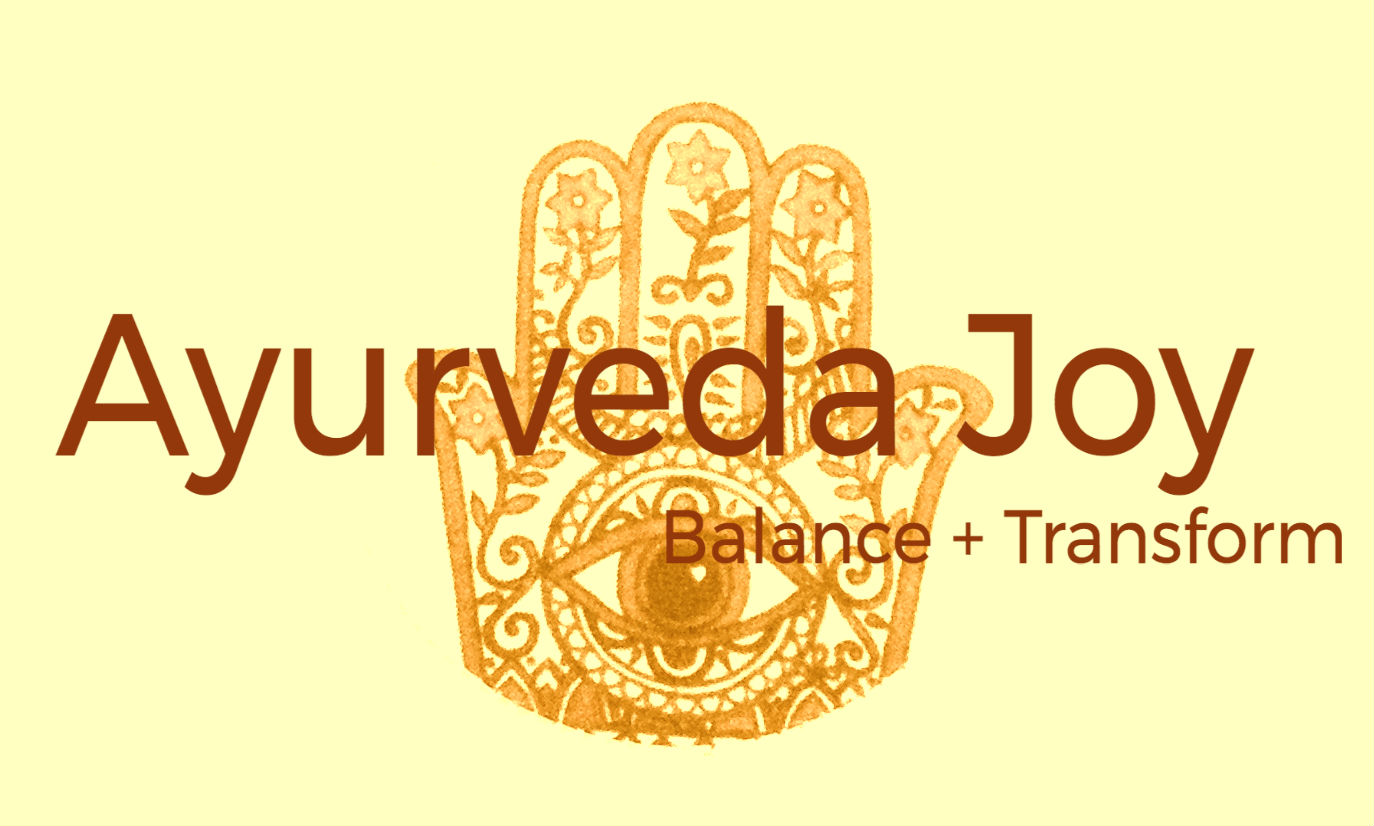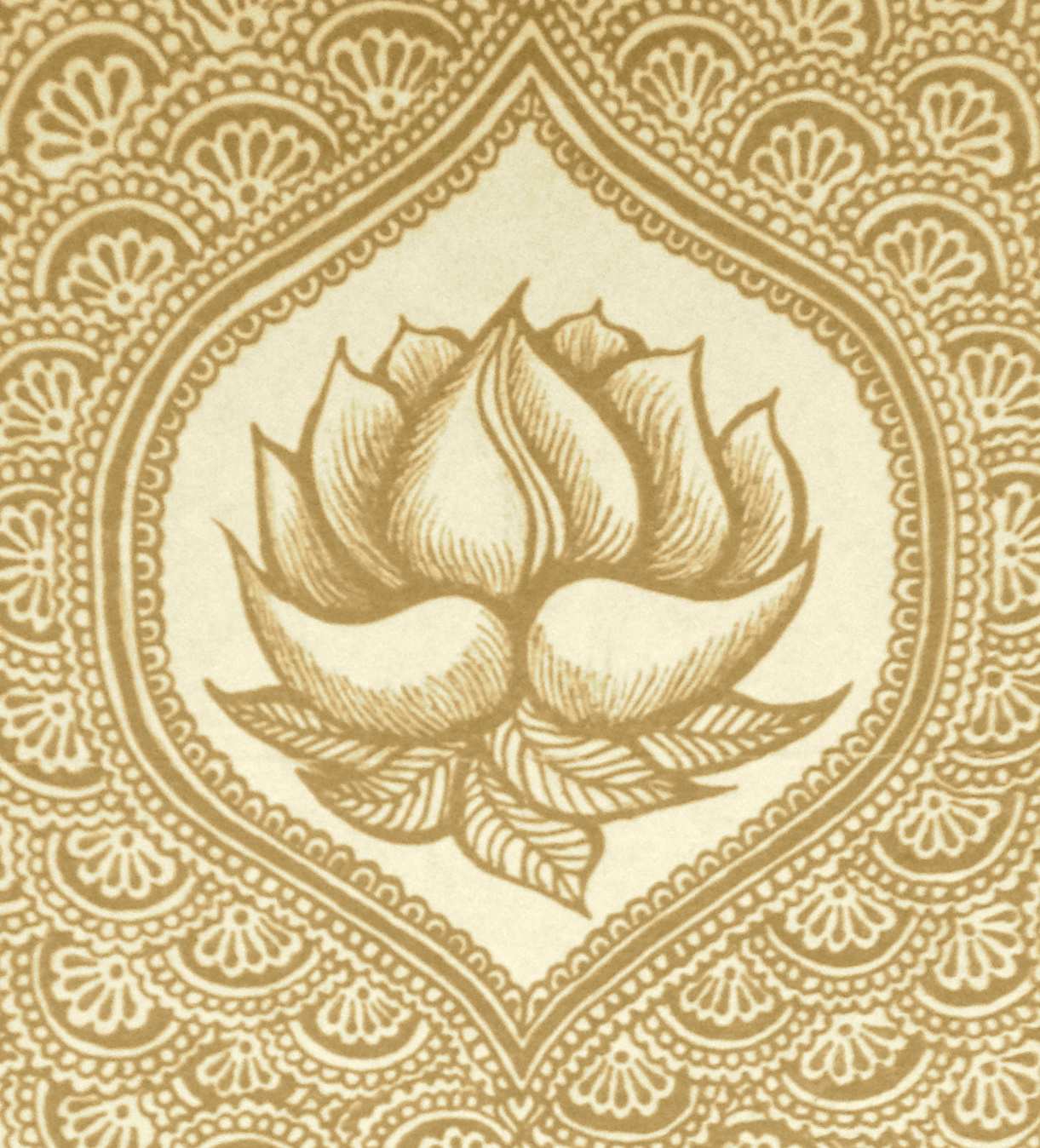Sneha is the Sanskrit word that can be translated as both oil and love. Like the experience of feeling loved, abhyanga can give a deep feeling of stability and warmth. It is a profound practice of rejuvenation and self-care that makes up part of the dinacharya (daily routines) of ayurvedic wisdom.
Most traditionally, cold-pressed black sesame oil is used for its high vitamin E content but in summer months or if you experience heat on the skin easily (pitta conditions) you can switch to coconut oil. Other oils suitable are almond oil, olive oil, jojoba oil or a medicated oil depending on your personal constitution and current skin presentation. If unsure, get in touch for guidance.
Giving yourself a massage with warm oil calms the nervous system and the mind, promotes sound sleep, improves healthy circulation and brings suppleness to the joints and muscles. It can take no more time than moisturizing your body but the more mindful the approach you take – the better opportunity to connect with your own body. According to Ayurveda, abhyanga is recommended as an integral part of our weekly routine.
The technique is simple…
Boil the kettle and half fill a mug/jug with hot water then place the sealed bottle into the water to warm the oil. Leave for 3-5 mins until the oil feels warmer than your body temperature. Alternatively, take a little jug or saucepan of oil to the stove and heat up a small amount for use.
It is recommended to sit on a towel you don’t mind getting oily. (It is a great practice to reserve this as your “abhyanga towel” for future routines). Starting at the feet and legs, massage in a sweeping, circular motion towards the heart from the periphery – be mindful you are massaging and coating yourself with love! A woman would start on her left foot, a male on their right.
Spend a little more time at the tummy in a clockwise direction (left hip to right) particularly if you have digestive or menstrual issues. Continue on the arms and as much of your back as you can reach.
Apply a little oil to the ears inside and out and nostrils with your fingertips. You can apply oil to the head and hair also. This comforts the senses and calms the mind, relieves problems of the jaw, neck, head and ears, pacifying anxiety and conditions such as tinnitus and hayfever. Allow the oil to absorb into your skin (from five mins up to one hour) and then take a warm bath or shower - not too hot - and being careful not to slip over!!
When is the best time to perform abyhanga?
Although it is most recommended in the morning before exercise, meditation or breakfast, you can perform this late in the afternoon in vata time (2pm-6pm) before preparing dinner if your work schedule allows. If performing in the evening, best to wait two hours after eating. It can be performed all year round but if you get congested in spring, switch to mustard oil or discontinue for a few weeks to a month until the weather dries up again.
Don’t have enough time to massage the whole body?
A short version but still a great practice to incorporate in the evening, particularly if you have trouble falling asleep or staying asleep is massaging the feet with warm oil, placing some soft, warm socks on and getting in to bed. A few warm drops into the navel and resting while taking some deep and slow nasal breaths is also recommended.







